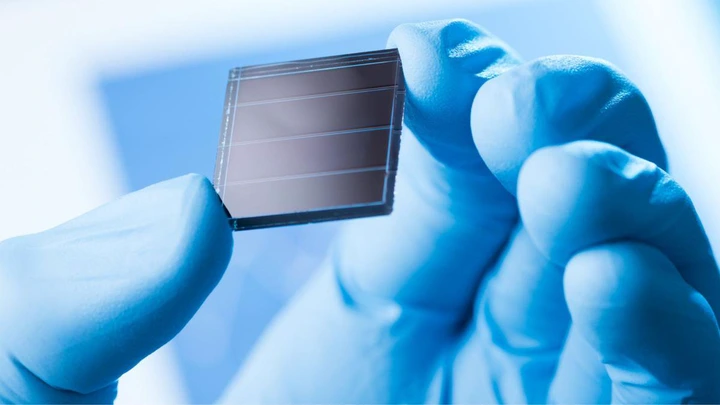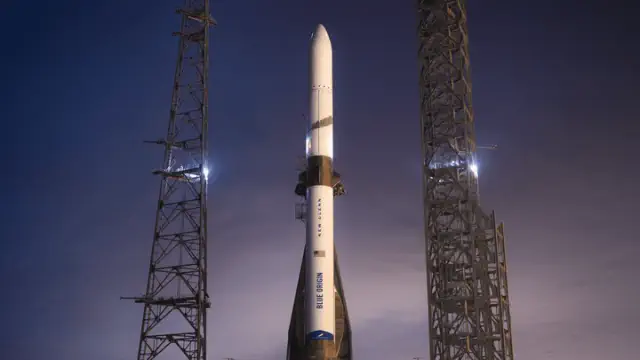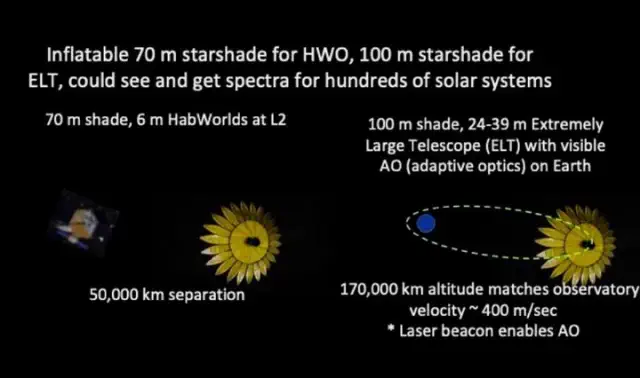Traditionally, silicon and gallium arsenide have been the primary materials used in solar cells, but now a new player is making its way into the spotlight: organic solar cells.

View pictures in App save up to 80% data.
In order to explore the vastness of space, both space agencies and private companies must first overcome the challenge of securing reliable energy sources.
Silicon and gallium arsenide have long been the primary materials used in solar cells, but a new player is making waves: organic solar cells.
Constructed from carbon-based substances, these cells present numerous benefits: they are lightweight, adaptable, and could be more cost-effective to manufacture. However, their resilience in the extreme conditions of space has raised significant concerns.
A new study conducted by researchers at the University of Michigan examined how proton radiation, a significant hazard in outer space, affects organic solar cells.
Earlier studies on organic solar cells in space mainly focused on assessing their overall efficiency following radiation exposure. In contrast, the latest research takes a more in-depth approach by exploring the molecular mechanisms responsible for the decline in performance.
"According to Yongxi Li, the lead author of the research, 'Silicon semiconductors face stability issues in space due to proton irradiation from the sun.'"
"Li noted, 'We conducted tests on organic photovoltaics using protons, as these particles are regarded as the most harmful to electronic materials in space.'"
Adaptable organic cells
Gallium arsenide is favored for space missions because of its impressive efficiency in converting sunlight into electricity. This material effectively harnesses a large fraction of solar energy. Additionally, it is resilient against the harmful impacts of protons, which are plentiful in the space environment.
Nevertheless, there are some drawbacks associated with it. For example, gallium arsenide is costly to manufacture. Additionally, similar to silicon, it has a considerable weight and is challenging to manipulate, which may restrict its use in space exploration missions.
On the other hand, organic solar cells are recognized for their lightweight and flexible characteristics. These qualities make them appealing for use in space applications, where minimizing weight and the capacity to adapt to curved surfaces are crucial.
The objective of this study is to evaluate the durability of organic solar cells when exposed to the extreme conditions of outer space, in order to establish their viability for upcoming space exploration missions.
Electron confinement
Interestingly, the study found that organic solar cells made with small molecules were highly resistant to proton radiation. The cells displayed no damage after three years of radiation exposure.
Nonetheless, the ones constructed with more intricate polymer frameworks saw a notable drop in efficiency, with nearly 50% of their initial performance diminished.
The scientists found that proton radiation has the ability to disrupt chemical bonds in the polymer, leading to the formation of "electron traps" that impede electrical conductivity.
"According to Stephen Forrest, the Peter A. Franken Distinguished University Professor of Engineering at the University of Michigan, 'Our research indicates that protons can break down certain side chains, resulting in an electron trap that negatively impacts the efficiency of solar cells.'"
The team found that these “traps” can be healed by gently heating the cells. This suggests the possibility of self-healing solar cells that could operate effectively in space.
"Forrest mentioned, 'This issue can be resolved through thermal annealing, which involves heating the solar cell. However, we may also discover methods to fill the traps with different atoms, thereby eradicating the problem altogether.'"
Research indicates that organic solar cells oriented towards the sun may have the ability to self-repair when exposed to elevated temperatures, approximately 100°C (212°F), a phenomenon that has been documented in controlled laboratory experiments.
“But questions remain: for instance, will that repair still take place in the vacuum of space? Is the healing reliable enough for long missions?” the researchers stated in the press release.
On the other hand, scientists are investigating the potential for creating materials that naturally prevent the development of electron traps that can degrade performance.
The findings were published in the journal Joule.









